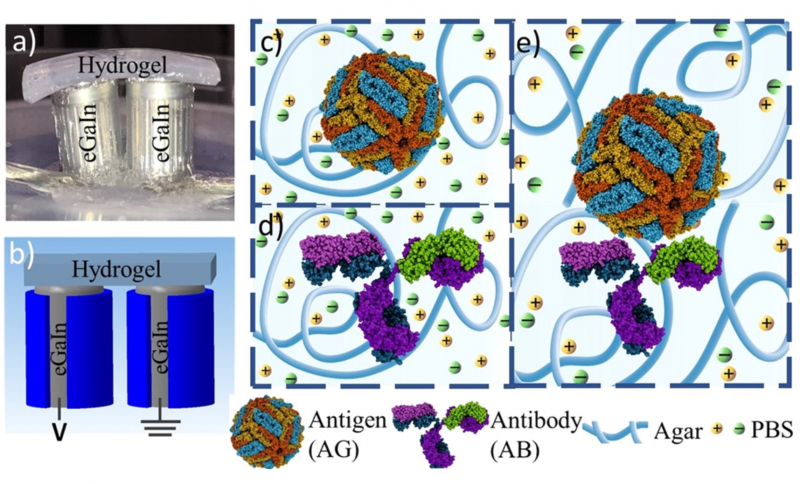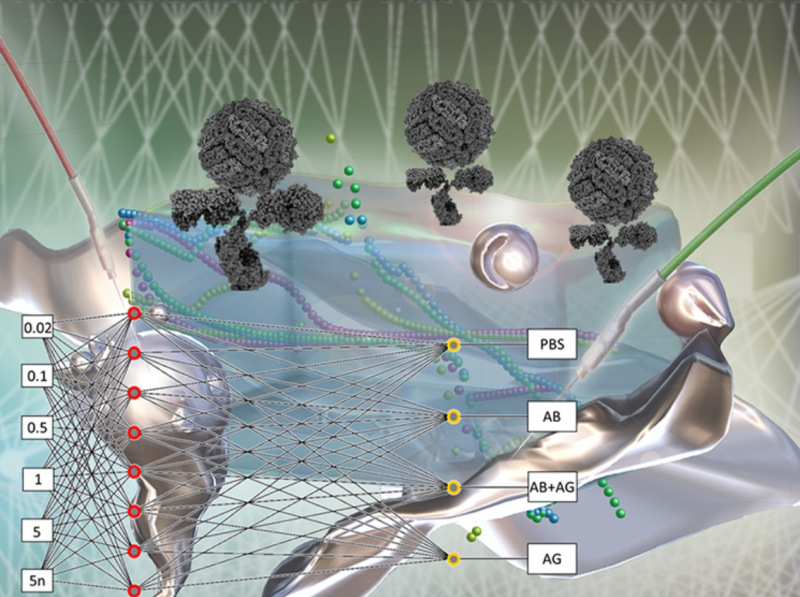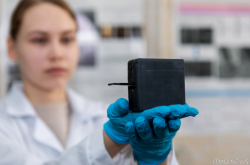Tick-borne encephalitis (TBE) is a problem recognized globally. In Russia alone over 15,000 people suffer from tick bites annually – with each one of them running the risk of being infected with this serious disease. That is why it is important to find a quick and accessible way of detecting TBE.
Scientists from the Chemometrics group of ITMO’s Infochemistry Research Center developed a mini-device for fast home-based detection of the TBE virus. The testing device uses electrochemical analysis and a multilayer perceptron, a machine learning method based on a feed-forward neural network. All you’d need to do is place the tick on its sensor. The data will then be processed by a special digital device – a potentiostat with in-built software.
The machine learning method involved is based on the potentiostat data that reflect the connection between the electric current and the voltage. Thus, this multipurpose electrochemical device will help accurately determine the presence of the virus in a tick sample. The results of the test can be viewed on a smartphone that can be linked to the potentiostat.
“It is currently rather difficult to quickly identify the infection. You need to gently remove the tick and then take it to a hospital for analysis. It is not really convenient and not always possible. But if you put off this procedure for too long, the time will come when you can only do an antibodies blood test – that is if you are already infected. Our device will help identify the TBE virus at home, without the need to go to a hospital,” explains Artemii Ivanov, one of the authors of the paper, a Master’s student at ITMO’s Infochemistry Research Center.

The newly developed electrochemical device can potentially be used to detect a wide range of other pathogens and viruses, including SARS-CoV-2.
“Blood glucose meters are an inspiring example. They are small and convenient tools suitable for quick analysis at home. Our device also has all the chances of becoming such a tool for everyday use. And then our compact potentiostats with replaceable screen-printed electrodes will be almost identical to glucose meters,” concludes Artemii Ivanov.
Reference: Artemii S. Ivanov, Konstantin G. Nikolaev, Anna A. Stekolshchikova, Weini T. Tesfatsion, Stanislav O. Yurchenko, Kostya S. Novoselov, Daria V. Andreeva, Maya Yu. Rubtsova, Mikhail F. Vorovitch, Aydar A. Ishmukhametov, Alex M. Egorov and Ekaterina V. Skorb. «Tick-Borne Encephalitis Electrochemical Detection by Multilayer Perceptron on Liquid–Metal Interface». ACS Appl. Bio Mater. 2020, https://doi.org/10.1021/acsabm.0c00954




